Growing Copper Sulfate Crystals at Home: Process and Insights
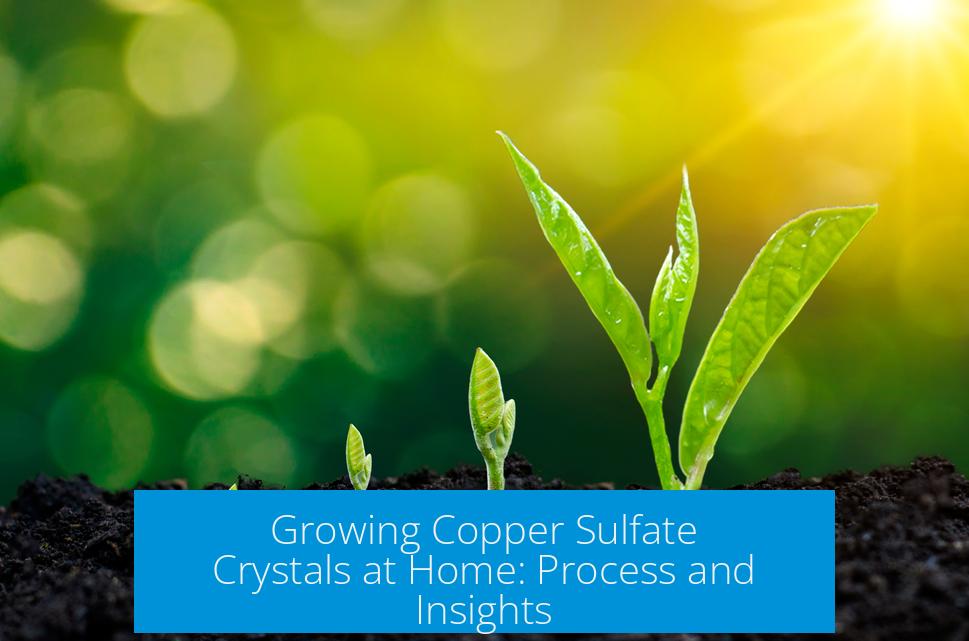
Growing copper sulfate crystals involves dissolving copper sulfate in water, then allowing the solution to slowly evaporate, resulting in large, blue crystalline structures. This process is both accessible and visually rewarding, offering insight into crystal formation and chemical principles.
Initial Inspiration and Discovery
The journey begins with preparing copper sulfate crystals by an acid-base reaction, commonly demonstrated in high school chemistry. The reaction forms copper sulfate solution, which upon slow drying, yields crystals. Contrary to initial expectations of loose, grainy powder, the resulting crystals appear large and sparkling with a vivid blue hue.
This visual transformation sparks curiosity and provides a tangible connection to chemical reactions. The crystals form because copper sulfate pentahydrate crystallizes out of the saturated solution as water evaporates.
The Crystal Growing Procedure
To grow copper sulfate crystals at home, follow these steps:
- Dissolve copper sulfate powder in warm distilled water until saturation.
- Filter the solution to remove undissolved impurities if needed.
- Pour the solution into a clean container and cover it with a porous lid or cloth.
- Allow the water to evaporate slowly at room temperature.
- Crystals begin to form as the solution cools and water evaporates.
- For larger crystals, select a small seed crystal and suspend it within the solution on a thread.
This gradual evaporation and cooling process favors orderly crystal growth by allowing copper sulfate molecules to arrange into a lattice structure. Patience is key, as rapid evaporation produces smaller, less defined crystals.
Controlling Crystal Shape and Variety
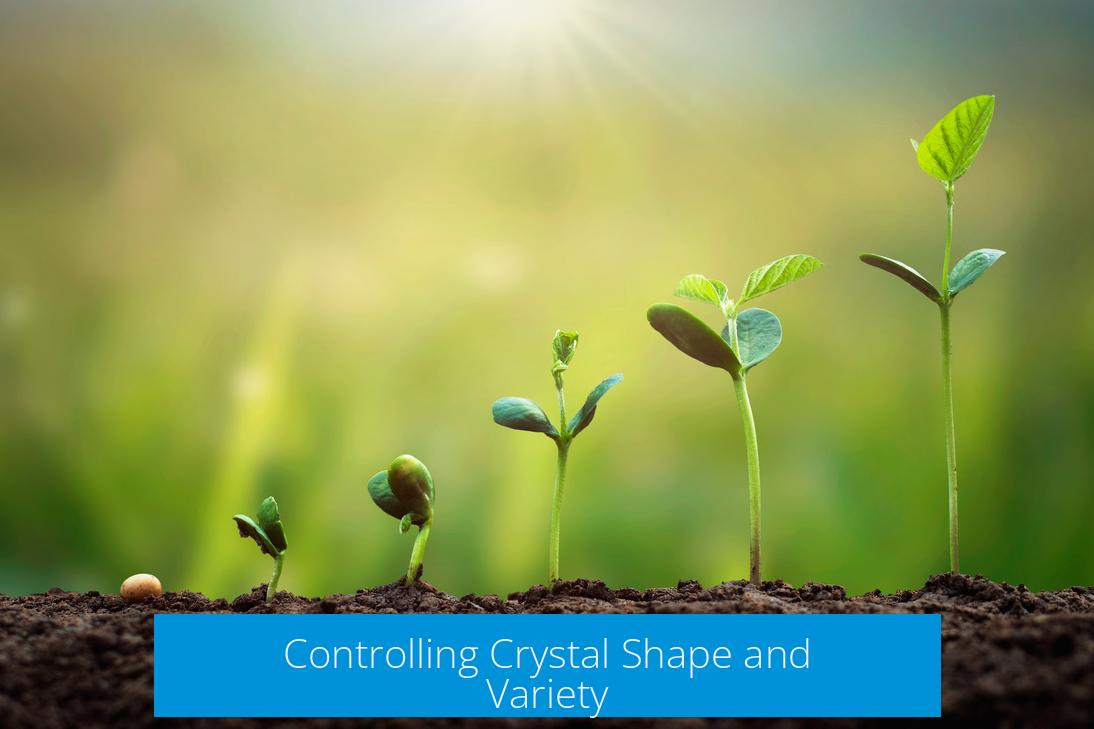
The crystal shape is not fixed and can be manipulated chemically. Adding impurities or other compounds alters the crystallization pattern:
- Impurities: Introducing trace substances, like other metal ions, can change shape and size.
- Seed Crystals: Using crystals of specific shapes encourages growth in those geometries.
- Compound Mixing: Mixing copper sulfate with other chemicals may yield distinct or hybrid crystals.
Experimentation can extend to unusual applications such as coating small objects (insects) with the crystal surface, creating decorative or scientific specimens.
Challenges and Considerations
Despite copper sulfate crystal growing’s appeal, some practical and safety aspects require attention:
- Solubility and Durability: Copper sulfate is highly soluble in water. Humid air can degrade crystals over time by partial dissolution.
- Toxicity: Copper sulfate is toxic if inhaled or ingested. Crystals and solutions should be handled with care, avoiding open exposure and inhalation of dust.
- Storage: Crystals are best stored in dry, sealed environments, or embedded in resin to prevent damage.
These points suggest that while copper sulfate crystals are visually stunning, they lack physical robustness for uses like jewelry unless properly preserved.
Advanced Growth Techniques and Experiments
Several techniques enhance the artistic and scientific aspects of crystal growing:
- Molded Crystals: Growing crystals inside silicone molds can produce shaped pieces, though the growth pattern may be affected by confinement.
- Layered Growth: Growing one crystal on top of another creates complex structures.
- Crystal Preservation: Encasing crystals in clear epoxy resin fixes their form and protects them from humidity.
These approaches suggest that copper sulfate crystal growing is a versatile hobby bridging chemistry and creative exploration.
Community Insights and Popularity
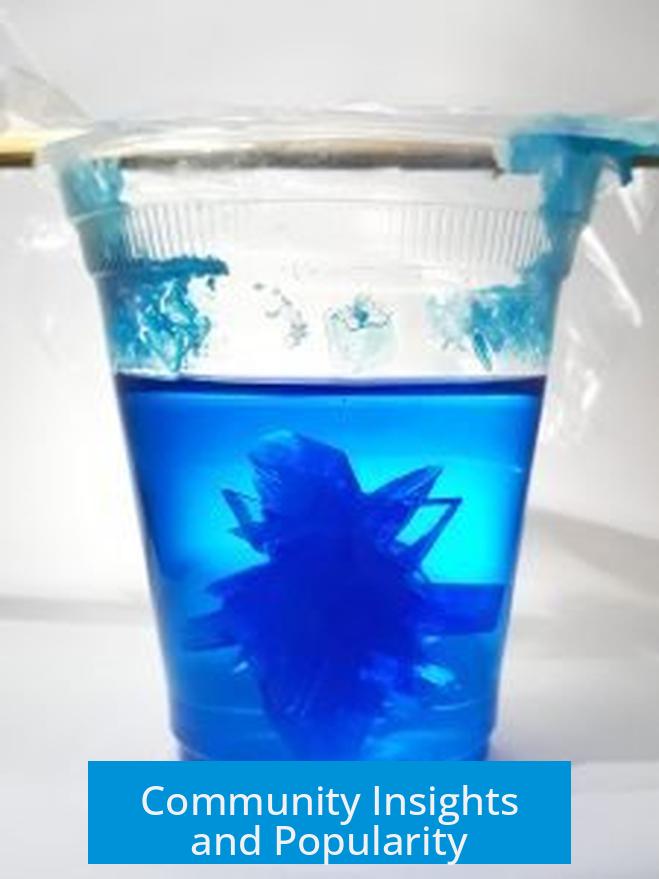
Growing copper sulfate crystals is a popular educational and hobbyist activity. Many enthusiasts recall their first exposure to chemistry through crystal growing. Online communities share images, safety tips, and innovative experiments, advancing collective knowledge.
Nevertheless, available online resources often lack detailed procedural clarity, safety warnings, and problem-solving tips, prompting dedicated experimenters to create comprehensive guides.
Safety and Handling Advice
Proper safety practices are essential:
- Work in a well-ventilated area to avoid inhaling powder or solution aerosols.
- Wear gloves and eye protection when handling copper sulfate powder or crystals.
- Store chemicals and crystals out of reach of children and pets.
- Dispose of solutions responsibly, avoiding environmental contamination.
Awareness of copper sulfate toxicity helps prevent risks while enjoying this chemistry activity.
Summary of Learnings from Crystal Growing Experience
- Copper sulfate crystals form by slow evaporation of saturated aqueous solutions after an acid-base synthesis.
- Crystal shape and size can be controlled chemically by adding impurities or seed crystals.
- Humidity and water solubility impact crystal durability, requiring careful storage or preservation.
- Detailed procedural information and safety guidance are vital to successful crystal growing.
- The hobby encourages scientific curiosity and creativity, bridging education and artistry.
Additional Resources

For detailed instructions and photos, the author’s comprehensive guide is available at:
https://crystalverse.com/best-way-to-grow-copper-sulfate-crystals/
Some copper sulfate crystals I grew at home, the process, and what I learnt along the way
Growing copper sulfate crystals at home is both a fun and fascinating process that sparks a love for chemistry in even the most casual experimenter. It all began three years ago on a random Friday when a high school chemistry lesson changed everything. The task was simple: use an acid-base reaction to create copper sulfate solution and let it dry to form crystals. The expectation? Powdery grains resembling sand. The reality? Giant, sparkling, blue crystals that looked like gems from a fantasy world.
This surprising transformation was not just a one-time magic trick; it became the start of a passionate hobby and a journey filled with learning, experimenting, and curiosity.
From School Science to Home Chemistry Lab
The initial crystal growing experiment was straightforward but inspiring. Chemistry teachers often design demos to wow students, but for many, the excitement fades once the lesson ends. Not so in this case.
As time passed, I kept experimenting with copper sulfate in the kitchen, fascinated by the ability to create beautiful crystals from simple solutions. I discovered that you could control not just the size but also the shape of these crystals by tweaking conditions. Adding impurities would change their geometry. Mixing copper sulfate with other compounds could even produce entirely different types of crystals.
Curious minds might ask: Could adding a tiny insect to the solution preserve it in crystal form? Turns out, yes! Crystallizing insects is a neat trick to see organic shapes beautifully frozen within sparkling blue mineral cages.
The Hidden Challenges: Missing Details in Online Guides
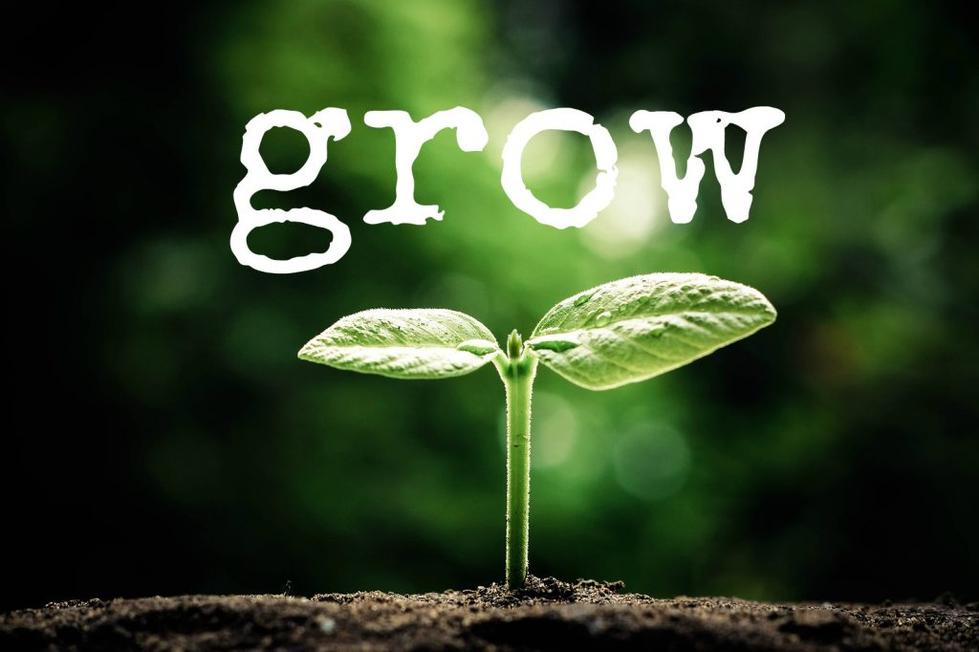
Despite my enthusiasm, I soon encountered a surprising problem—a lack of detailed, practical information about copper sulfate crystal growing on the internet. Plenty of generic how-tos exist, but none warned about common pitfalls, potential dangers, or troubleshooting tips.
For example, many don’t mention that copper sulfate is toxic if inhaled or ingested. So where does one safely leave an open jar of the solution? My recommendation: keep it sealed and away from children and pets, in a well-ventilated spot, preferably on a high shelf.
Humidity is another sneaky enemy. Given copper sulfate’s high solubility in water, crystals can degrade or dissolve if exposed to moist air for long. One of my oldest samples slowly lost its sharp edges and sparkle, turning dull due to humidity.
Creative Experimentation and Practical Tips
Over the years, this hobby evolved into a mini-laboratory full of interesting questions and experiments from fellow enthusiasts. Can copper sulfate crystals grow inside silicone molds to take custom shapes like a D20 die? Technically yes, but the process demands patience and precise control over saturation and evaporation rates.
What about growing one crystal atop another to create layered structures? This too is possible but tricky, requiring slow growth phases and careful management of supersaturation.
Here’s a clever preservation tip: seal finished crystals in epoxy resin to protect them from air moisture and wear. While copper sulfate crystals are pretty, their softness and tendency to lose water make them less than ideal for jewelry unless well-preserved this way.
Why Copper Sulfate Crystals Captivate So Many
The allure of these bright blue crystals goes beyond their beauty. Many hobbyists recall how copper sulfate first ignited their passion for chemistry decades ago. It’s a shared childhood memory for many, a gateway into the wonders of science.
The community hums with playful references too—think “mana crystals” from video games or shoutouts to famous chemistry shows. This cultural connection adds a layer of fun to an already rewarding scientific activity.
A Resource for Fellow Crystal Growers
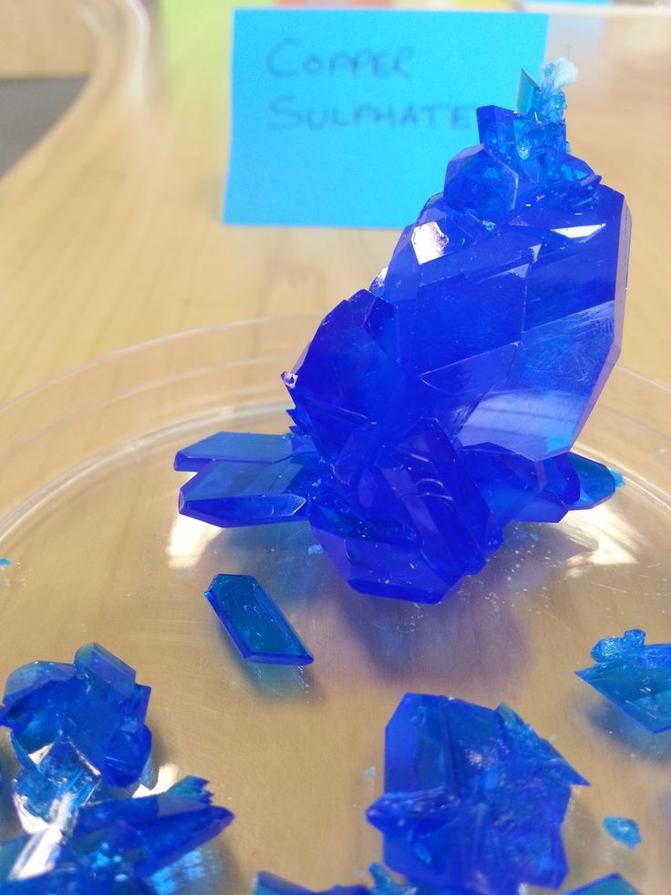
After three years of hands-on experience, experimenting, and talking to curious folks online, I decided to put together a detailed guide. This resource contains step-by-step instructions, vibrant photos, and vital safety warnings to help beginners and enthusiasts alike avoid common errors.
You can check out the full guide and learn more at Crystalverse’s Copper Sulfate Crystal Growing Guide. Whether you want to grow your first crystal or explore complex shapes and additives, it’s a great place to start.
Final Thoughts: Science, Art, and Discovery in a Jar
Growing copper sulfate crystals at home is not just a simple chemistry experiment—it’s a mini adventure. It teaches patience, reveals the elegance of chemical processes, and invites creativity. Plus, it’s a cool way to impress friends with your shiny blue gems!
So why not give it a try? The journey from a mysterious blue powder to a sparkling crystal can be surprisingly easy following safe practices and a little guidance. And who knows, your experiments might become a brilliant piece of art, a teaching tool, or the start of a lifelong hobby.
Have you ever grown crystals before? What unique shapes or colors did you achieve? Share your stories or questions – I’m always eager to discuss and help.
How can the shape of copper sulfate crystals be controlled during growth?
The shape can be affected by adding impurities to the solution. Different additives change the way crystals form, creating varied shapes and structures.
Is copper sulfate toxic and how should it be handled safely?
Copper sulfate can be harmful if inhaled or ingested. It’s best to keep open jars in a well-ventilated area away from children and pets.
Can copper sulfate crystals be preserved or displayed long-term?
Because they absorb moisture and are soft, copper sulfate crystals degrade over time. Sealing them in epoxy can help preserve their appearance.
Is it possible to crystallize objects or create custom shapes with copper sulfate?
Yes, small objects like insects can be crystallized. Using molds can shape crystals, but simple shapes work best due to crystal growth limitations.
Why did the author feel existing online resources were insufficient?
Most guides lack detailed instructions, safety tips, and troubleshooting. The author wrote a detailed guide to address these gaps based on personal experience.



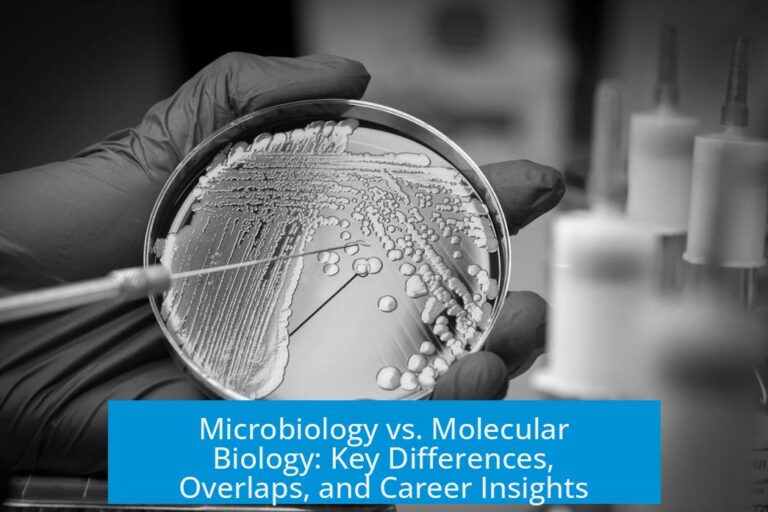
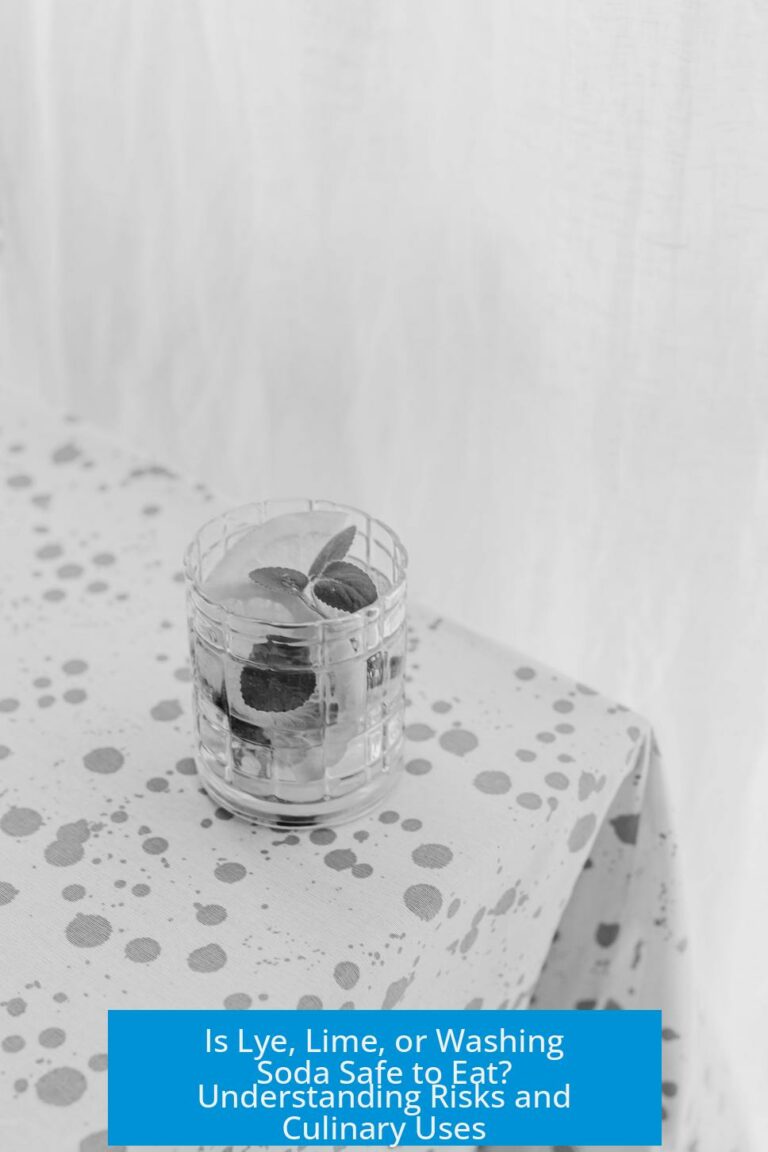
Leave a Comment